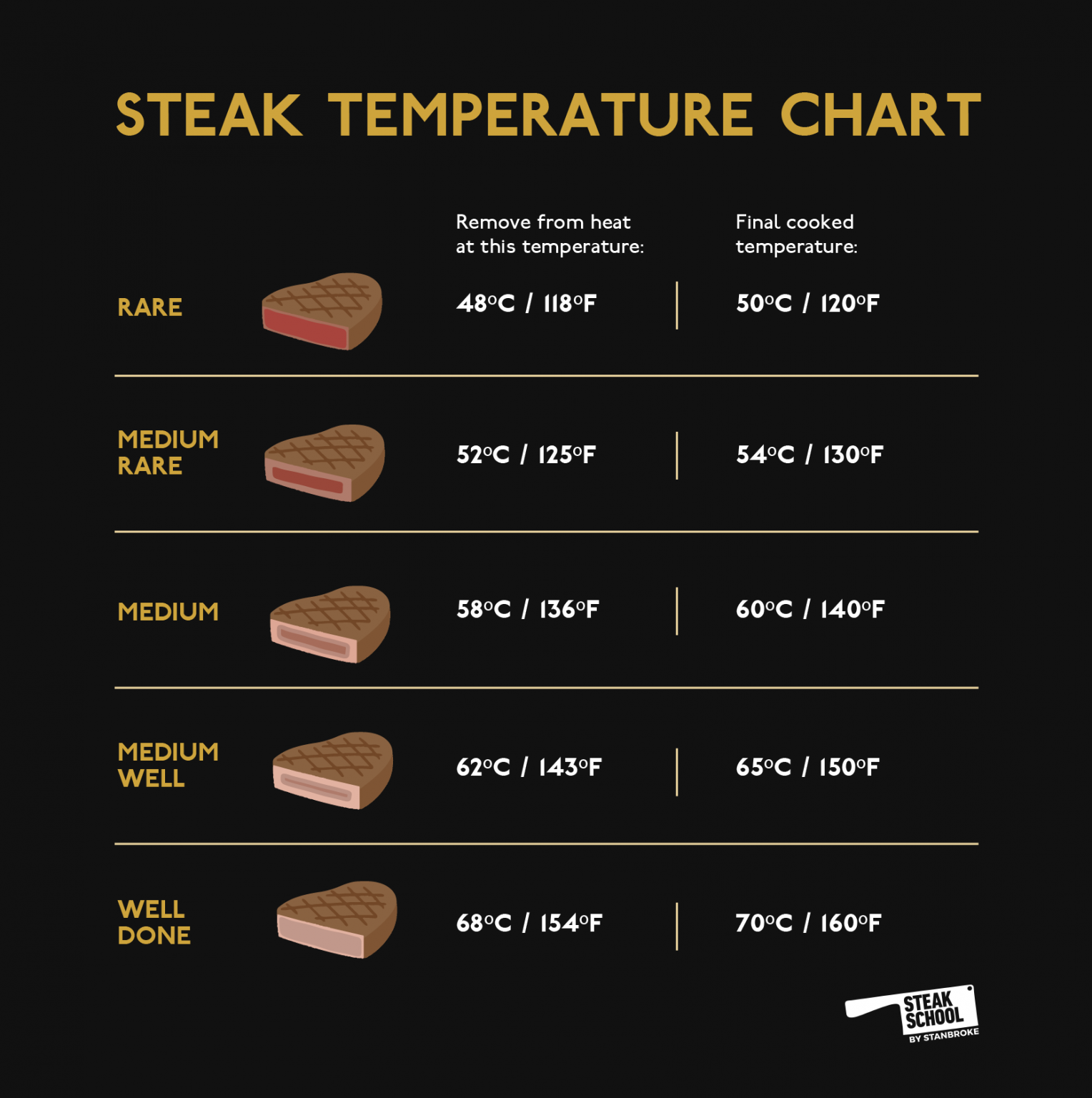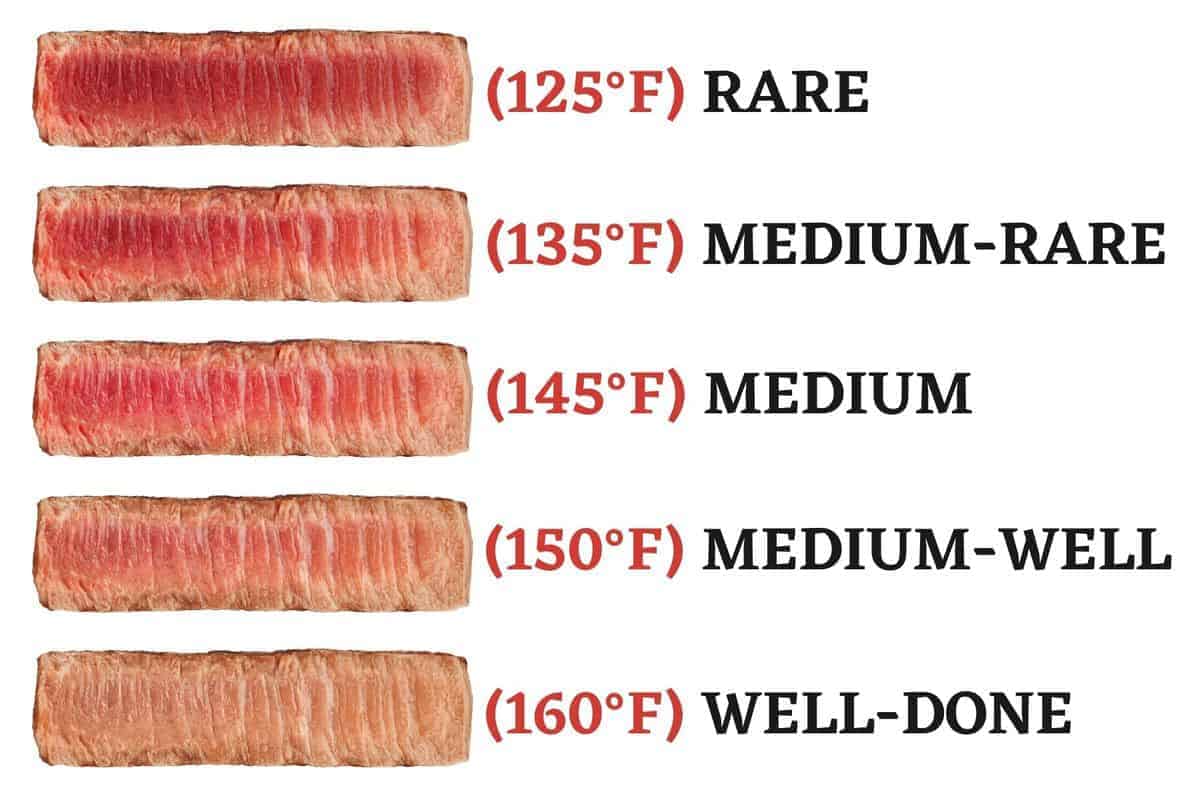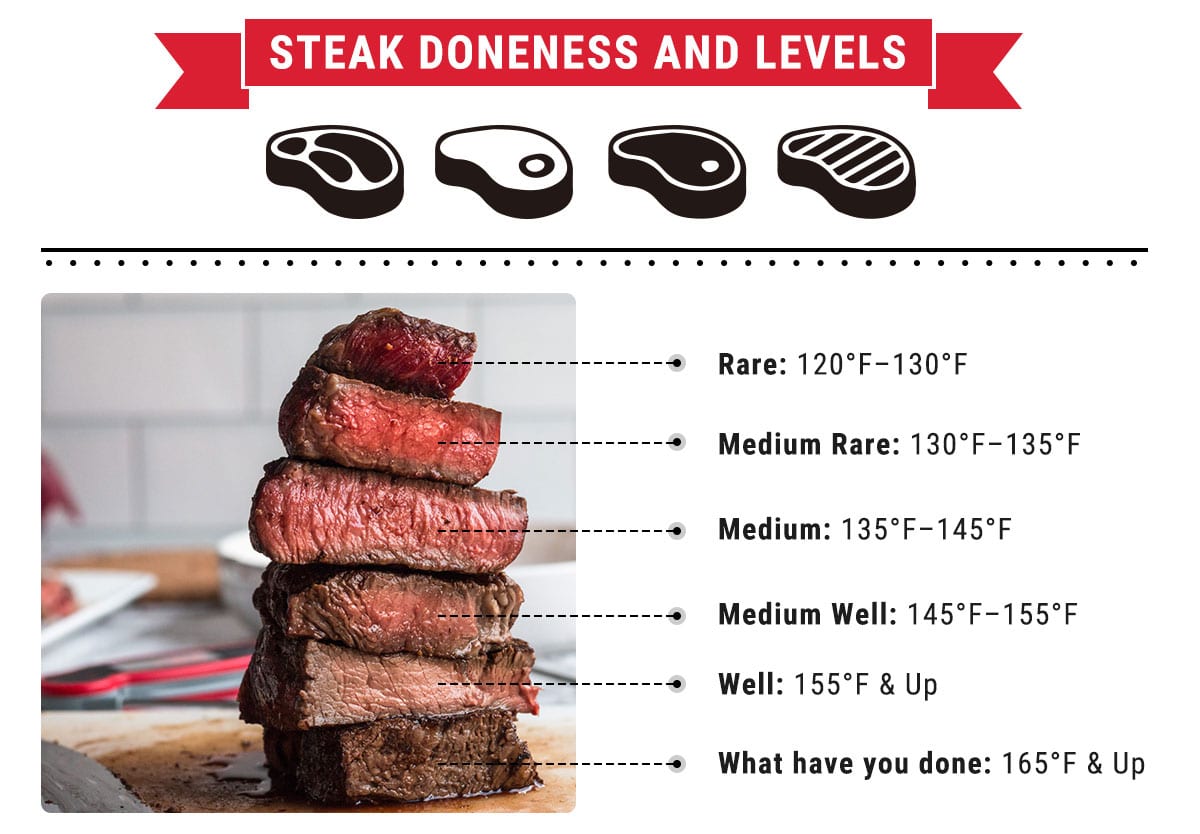Have you ever wondered what temp is medium when cooking your favorite dishes? If you're like most home cooks, you've probably scratched your head over this question more than once. Whether you're grilling steaks, frying eggs, or roasting vegetables, understanding cooking temperatures is key to creating delicious meals. Let's dive into the world of cooking temps and uncover the secrets behind medium heat!
Cooking temperatures can make or break your dish. A steak cooked at the wrong temperature might end up rubbery or dry, while vegetables roasted at the wrong temp could be soggy or burnt. That's why knowing what temp is medium is so important. In this article, we'll break down the basics of cooking temperatures, explore the science behind heat, and provide practical tips to help you achieve perfectly cooked meals every time.
Whether you're a beginner cook or a seasoned chef, mastering cooking temperatures will elevate your culinary skills. So, grab your apron and let's get started on this flavorful journey!
Read also:2025 Ka Sexy Video Hd Mein The Ultimate Guide To Understanding The Trend
Understanding Cooking Temperatures
When it comes to cooking, temperature is everything. The term "medium" refers to a specific range of heat that ensures your food is cooked evenly without overdoing it. But what exactly does "medium" mean in cooking terms?
Medium heat typically falls between 325°F to 375°F (163°C to 190°C). This range is ideal for cooking a variety of foods, from meats to vegetables. It allows for a nice browning on the outside while keeping the inside juicy and tender.
Here's a quick breakdown of common cooking temperatures:
- Low Heat: 200°F to 300°F (93°C to 149°C)
- Medium-Low Heat: 300°F to 325°F (149°C to 163°C)
- Medium Heat: 325°F to 375°F (163°C to 190°C)
- Medium-High Heat: 375°F to 450°F (190°C to 232°C)
- High Heat: 450°F and above (232°C and above)
Why Medium Heat is Important
Medium heat strikes the perfect balance between cooking your food thoroughly and preventing it from burning. It's especially useful for proteins like chicken, beef, and fish, where achieving the right doneness is crucial.
For example, if you're cooking a steak, medium heat allows for a beautiful sear on the outside while keeping the inside pink and juicy. This is why many recipes recommend using medium heat for grilling, frying, and roasting.
Here's why medium heat works:
Read also:The Ultimate Guide To Noodle Magazine Your Goto Source For All Things Noodles
- It promotes even cooking
- It prevents food from burning
- It enhances flavor through browning
What Temp is Medium for Different Foods?
Not all foods are created equal when it comes to cooking temperatures. Different ingredients require different heat levels to bring out their best flavors and textures. Let's take a closer look at what temp is medium for some popular foods.
Meats
Cooking meats at the right temperature is essential for safety and taste. Here's a quick guide:
- Beef: Medium heat (325°F to 375°F) for steaks, roasts, and burgers
- Chicken: Medium heat (350°F to 400°F) for thighs, breasts, and wings
- Pork: Medium heat (325°F to 375°F) for chops, ribs, and tenderloins
Remember, the internal temperature of the meat is just as important as the cooking temperature. Use a meat thermometer to ensure your food is safe to eat.
Vegetables
Roasting vegetables at medium heat brings out their natural sweetness and creates a delightful caramelized crust. Here's what you need to know:
- Carrots: Medium heat (350°F to 400°F)
- Broccoli: Medium heat (375°F to 425°F)
- Potatoes: Medium heat (350°F to 400°F)
Tip: Cut your vegetables into uniform pieces to ensure even cooking.
How to Measure Cooking Temperatures
Knowing what temp is medium is one thing, but how do you measure it? Here are some tools and techniques to help you get it right every time.
Using a Thermometer
A digital thermometer is your best friend in the kitchen. It allows you to measure the exact temperature of your food and cooking surface. Whether you're checking the internal temp of a steak or the oil temp for frying, a thermometer will give you peace of mind.
Testing with Your Hand
If you don't have a thermometer, you can use your hand to gauge the heat of a pan or grill. Simply hold your hand about 2-3 inches above the surface and count how long you can keep it there:
- Low Heat: You can hold your hand there for 8-10 seconds
- Medium Heat: You can hold your hand there for 5-7 seconds
- High Heat: You can hold your hand there for 2-3 seconds
It's not as precise as a thermometer, but it's a handy trick in a pinch.
Common Mistakes to Avoid
Even the best cooks make mistakes when it comes to cooking temperatures. Here are some common pitfalls to watch out for:
- Overcrowding the pan: This lowers the temperature and prevents proper browning
- Not preheating: Start with a hot pan or grill to ensure even cooking
- Flipping too often: Let your food develop a nice crust before turning it
By avoiding these mistakes, you'll be well on your way to mastering the art of cooking at the right temperature.
Expert Tips for Perfect Cooking
Ready to take your cooking skills to the next level? Here are some expert tips to help you achieve perfect results every time:
Preheat Your Oven or Grill
Preheating is key to achieving consistent results. Whether you're baking, roasting, or grilling, make sure your cooking surface is at the right temperature before adding your food.
Use the Right Equipment
Invest in quality cookware that distributes heat evenly. A good skillet, baking sheet, or grill pan can make a big difference in your cooking results.
Don't Rush the Process
Cooking at the right temperature often requires patience. Resist the urge to turn up the heat or rush the process. Let your food cook slowly and evenly for the best flavor and texture.
What Temp is Medium for Baking?
Baking requires precision when it comes to temperatures. Here's a quick guide to what temp is medium for common baked goods:
- Cookies: Medium heat (350°F to 375°F)
- Cakes: Medium heat (325°F to 350°F)
- Bread: Medium heat (350°F to 400°F)
Tip: Always follow the recipe's temperature guidelines for best results.
Conclusion
Understanding what temp is medium is essential for becoming a better cook. Whether you're grilling steaks, roasting vegetables, or baking cakes, mastering cooking temperatures will elevate your culinary skills. By using the right tools, avoiding common mistakes, and following expert tips, you'll be able to create delicious meals that impress your family and friends.
So, what are you waiting for? Get into the kitchen and start experimenting with different temperatures. And don't forget to share your favorite recipes in the comments below. Happy cooking!
Table of Contents
- Understanding Cooking Temperatures
- Why Medium Heat is Important
- What Temp is Medium for Different Foods?
- Meats
- Vegetables
- How to Measure Cooking Temperatures
- Using a Thermometer
- Testing with Your Hand
- Common Mistakes to Avoid
- Expert Tips for Perfect Cooking
- Preheat Your Oven or Grill
- Use the Right Equipment
- Don't Rush the Process
- What Temp is Medium for Baking?



